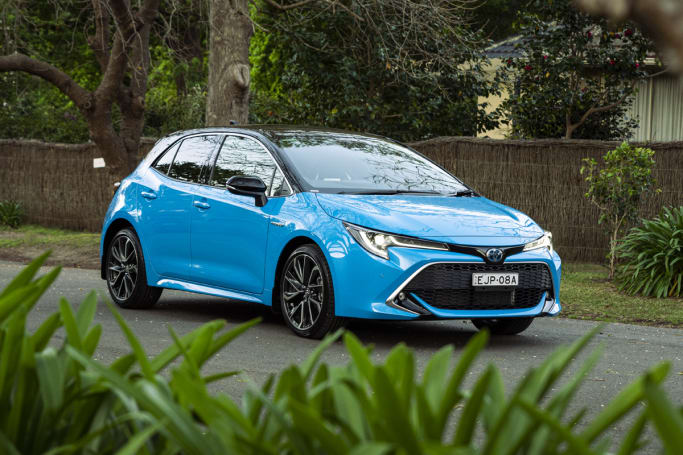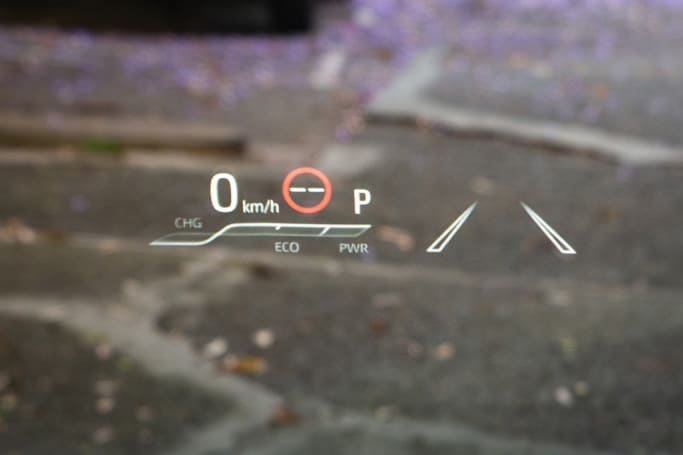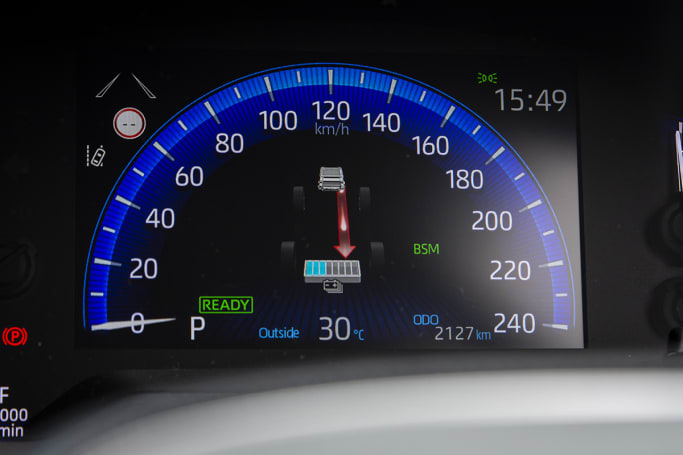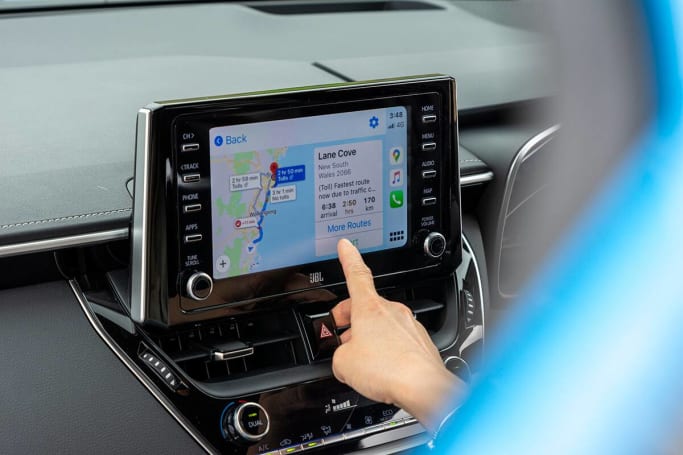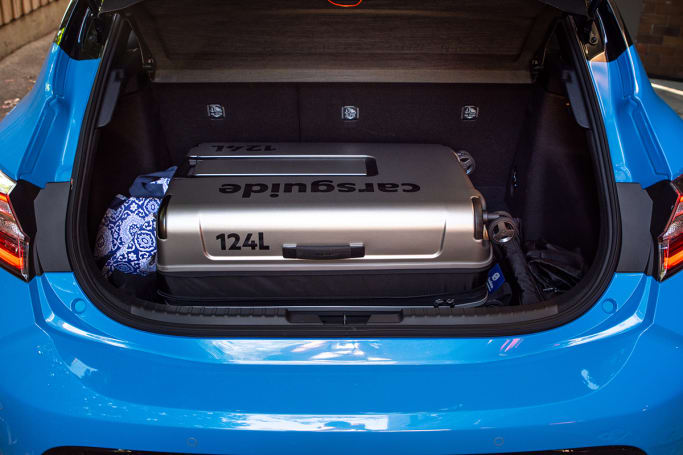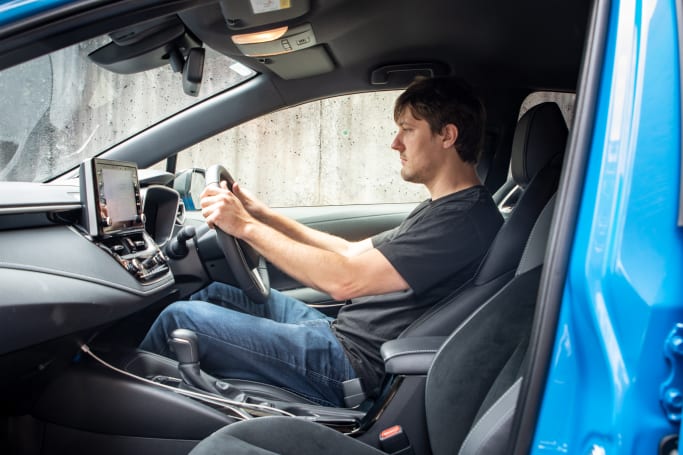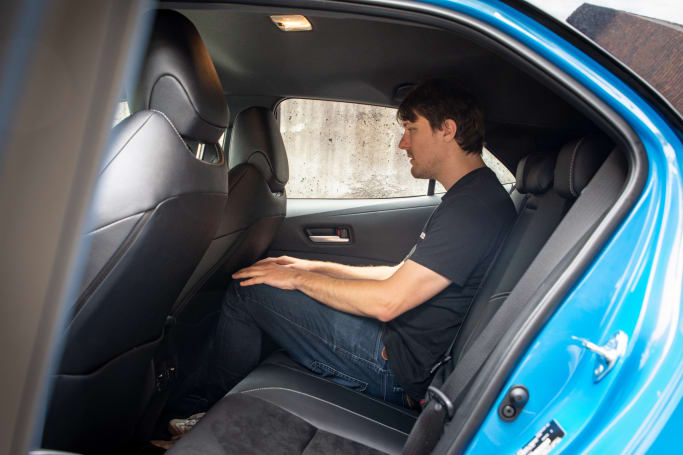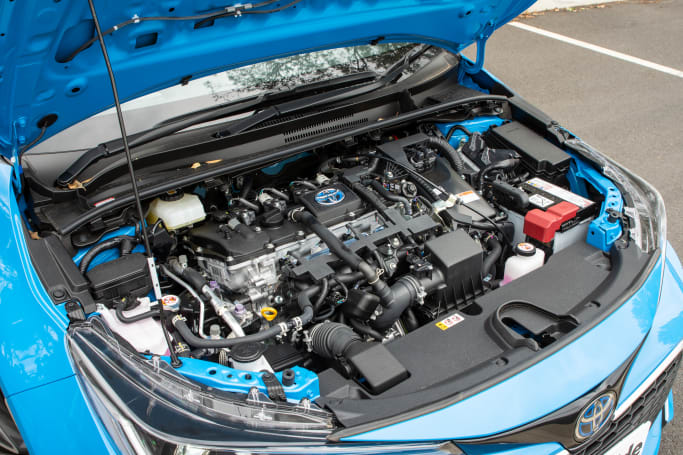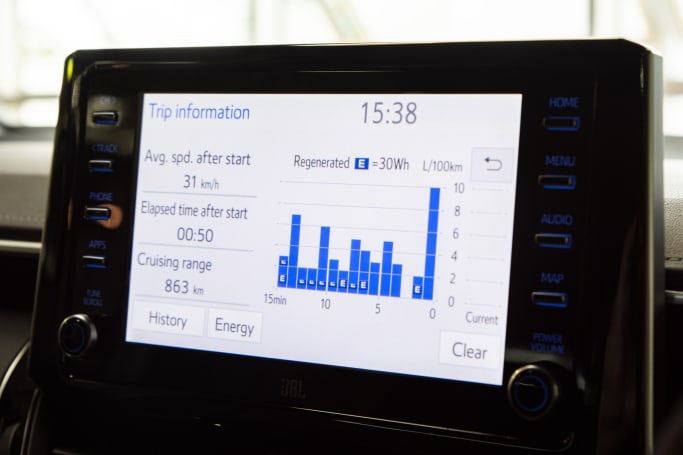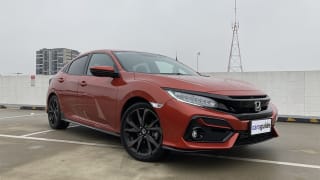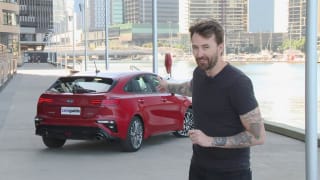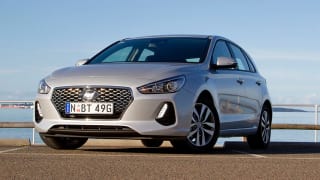It had been a while since I’d driven a Corolla before I accepted this loan. I’m glad I did though, even though this current (E210) Corolla landed in 2018, it still feels every bit as good as its competitors from the moment you hop behind the wheel, even more recently updated ones. As a perennially popular model in the grand scheme of Australia’s motoring landscape, it would also be a critical piece of context and ideal palate cleanser between weekly review cars.
As mentioned, ours is a top-spec ZR Hybrid wearing an MSRP of $34,965. Pricey, but will be good to give myself and my partner a full breakdown of all the features available in the Corolla hatch range.
Rivals we might (literally) be considering against it include the Hyundai i30 N Line (auto - $31,420), Mazda 3 G25 GT (auto - $35,090), Kia Cerato GT (auto - $33,490 – the sedan version of this is my partner’s current favourite), and the Honda Civic VTi-LX (auto - $34,590).
Also worth considering is the Hyundai Veloster Turbo Premium which we just hopped out of at a staggeringly pricey $42,410.
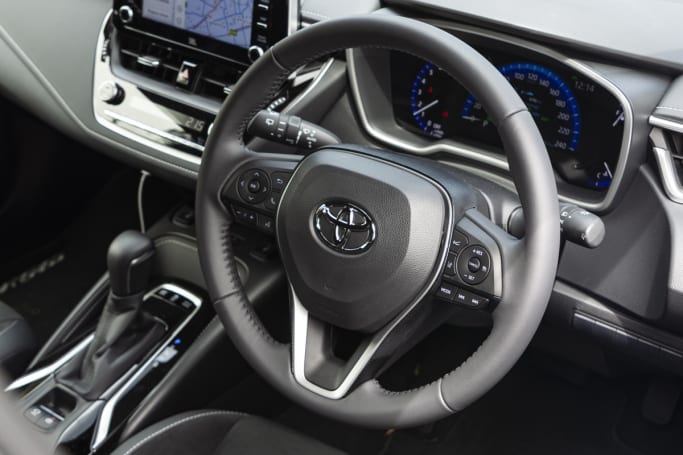
Importantly though, what primarily sets this Corolla apart from its rivals is its hybrid drivetrain. No turbochargers or dual clutch transmissions to be seen here, this Corolla instead mates a 1.8-litre engine to dual electric motors via a continuously variable transmission.
This technology is derived from the Prius (essentially signalling the end of the Prius’ purpose as we know it) and seems on the sales figures to be the ideal level of electrification which Australian motorists are ready for.
It’s worth noting that this combination is not ‘powerful’ in the traditional sense. The combined output of 90kW is well below even the pure petrol 2.0-litre version of this car, and well below similarly priced turbocharged rivals from the likes of Hyundai, Kia, and Honda.
Instead of performance though, Toyota is willing to bet consumers are willing to pay for the efficiency and refinement on offer from this drivetrain. Indeed, I was taken aback with our first month and almost 1000km in this car producing a computer-reported figure of just 4.9L/100km, plus it even sips base 91 RON! We’ll have more to share on this in instalment two!

To live with, the Corolla is just nice. It entered our car rotation quite heavily, with my partner and I sharing trips to her workplace in the morning. Both of us loved how quiet and comfortable the cabin of the Corolla proved to be, with its smooth acceleration and forgiving ride quality being preferable to most of our review cars for the daily traffic grind.
I was a bit iffy on the fake suede trim on the seats in the ZR but have come around to them in a big way. They are wide and low enough to offer great comfort levels, while providing plenty of side bolstering for this car’s limited performance levels.
My partner loves the ‘Electric Blue’ colour our car came in and tells me she finds the quality of the cabin a cut above. Especially over the Yaris which we had alongside it for a week. She’d even now strongly consider the Corolla, having previously been an i30 fan.
Design-wise this Corolla cuts a silhouette like few before it. Even after a month in the garage I still find parts of its design engaging, even exciting. I guess Mr Akio Toyoda himself meant business when he said Toyota was going to be fun again.
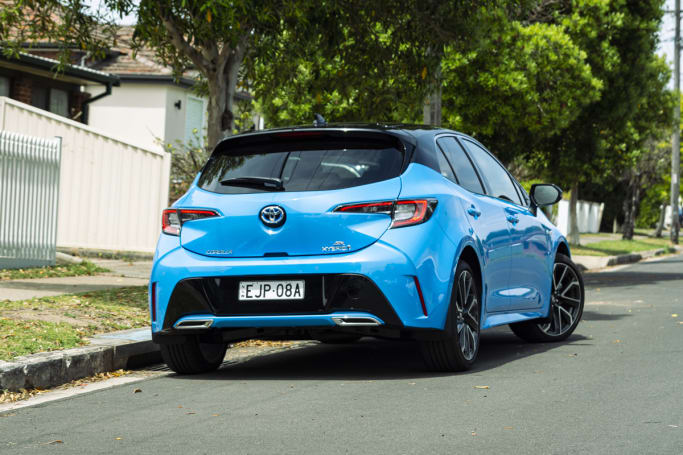
There are clear areas of compromise on the inside though. It’s immediately evident this Corolla doesn’t offer the same kind of practicality promise as the i30, Cerato, or Civic. There are your usual complement of door bins and centre console storage areas, but there is no large binnacle under the climate controls, no extra nooks or crannies, no nets, and a limited complement of connectivity methods.
That last one is particularly annoying, as the primary USB port used to connect your phone to the multimedia system awkwardly juts straight out of the dash cladding near where the passenger’s knee should be. Weird, especially since there are two more USB outlets in the console box. These don’t allow you to use phone mirroring through the multimedia system though.
While it’s a cozy place for front passengers, rear passengers are left wanting for space. The same can be said for the boot design, even though the end of the bumper is notably much further back than the bootlid. Sadly, Australians don’t get the practicality-boosted Corolla wagon variant available overseas (yet…).
So, it’s notably less practical than many other options in this segment, but for a couple like us it’s more than adequate, and we appreciate the extra design and comfort of those front two seats as a result.
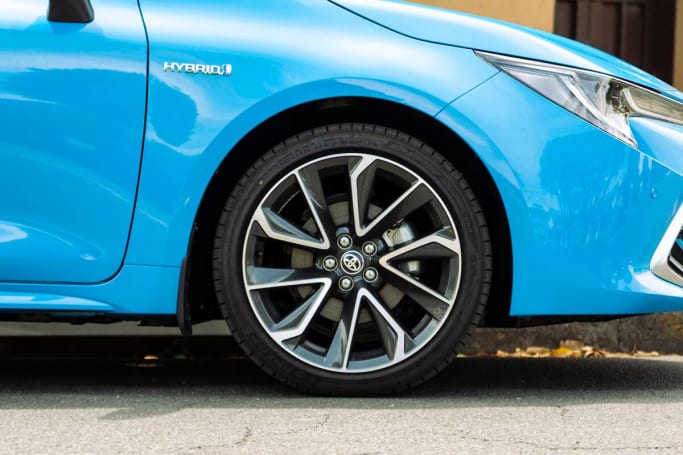
Will we get sick of it, though? And, how did I get addicted to driving it over the many other cars which circulate through my garage? Find out in part two!
Acquired: September 2020
Distance travelled this month: 948km
Odometer: 957km
Average fuel consumption for September: 4.9L/100.

